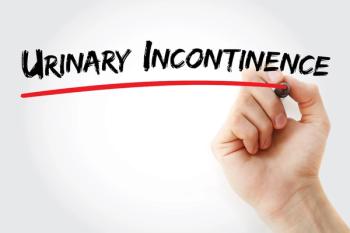
Care Coordination through EHR Use
The future of healthcare will likely rely on the advances that technology can provide.
The future of healthcare will likely rely on the advances that technology can provide. Care coordination and effective care management requires systems that are capable of organizing patients’ information in a useful and accessible manner.
The Centers for Disease Control and Prevention
“While the progress toward EHR adoption is good news, the reality is that it is only the first step toward inter-organizational information exchange,”
Once EHR use and other health technologies become more standardized, they are expected to transform the healthcare landscape. A
- 87% could view lab results online, compared with 67% of all physicians;
- 78% could send prescriptions electronically, compared with 55% of all physicians;
- 73% could incorporate lab results into an EHR, compared with 42% of all physicians;
- 61% could provide patients with clinical summaries, compared with 38% of all physicians;
- 54% could send an electronic order to a lab, compared with 35% of all physicians; and
- 49% could exchange clinical summaries with other providers, compared with 31% of all physicians.
Around the Web
NCHS Data Brief
Care Coordination: Inspiring Change from Within
Physician Capability to Electronically Exchange Clinical Information, 2011
Newsletter
Stay ahead of policy, cost, and value—subscribe to AJMC for expert insights at the intersection of clinical care and health economics.





























































